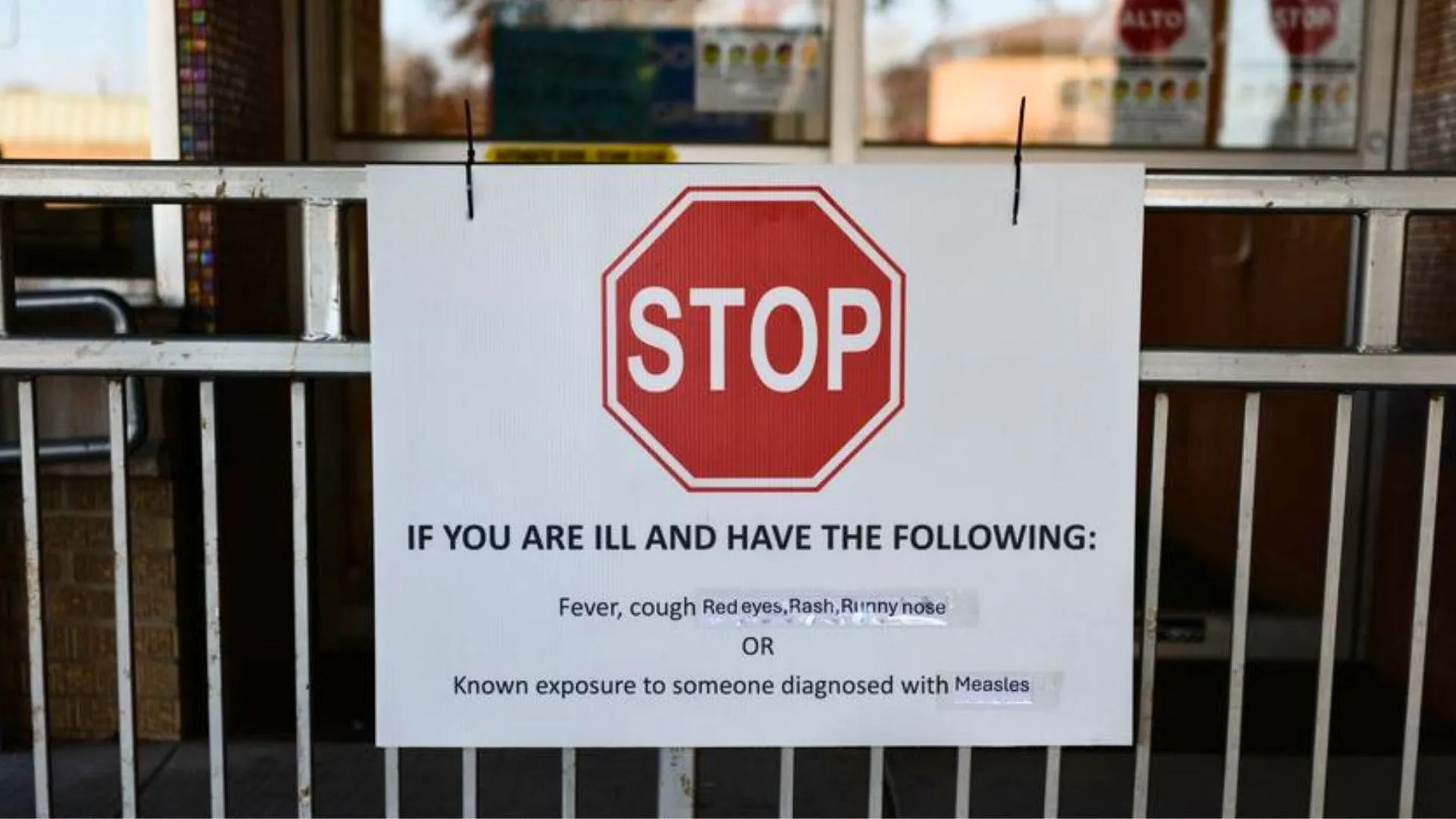Urgent Need to Examine Anti-Seizure Medication Pricing: A Critical Review of the Crisis
The pricing of anti-seizure medications has become a growing concern globally, drawing attention from healthcare professionals, patients, and policymakers alike. These medications are crucial for individuals living with epilepsy, a neurological condition affecting millions around the world. While advancements in medicine have improved the lives of many patients, the high costs of essential anti-seizure medications continue to place an immense burden on both individuals and healthcare systems. As the prices of these life-saving drugs continue to soar, the urgent need for a comprehensive examination of the pricing structure has become more apparent than ever.
The Rising Cost of Anti-Seizure Medications
Over the past decade, the cost of anti-seizure medications has steadily increased, with some drugs experiencing price hikes that far outpace inflation. This surge in pricing has had a direct impact on patients, particularly those who rely on long-term therapy to manage their condition. For many individuals with epilepsy, anti-seizure medications are not optional but a necessity for controlling their seizures and maintaining their quality of life.
While the exact reasons for the escalating prices are multifaceted, several key factors contribute to the issue. The monopolization of drug patents by pharmaceutical companies, limited competition, and the increasing complexity of newer medications are some of the primary drivers behind the rising costs. Additionally, in many countries, the high prices of these medications put them out of reach for a significant portion of the population, resulting in treatment gaps and a decline in health outcomes.
The Consequences for Patients and Families
The financial burden imposed by the high cost of anti-seizure medications is not only a concern for individuals but also for their families and caregivers. Many patients with epilepsy require lifelong treatment, often involving a combination of medications to control seizures effectively. For individuals without comprehensive insurance coverage or those in lower-income brackets, the inability to afford these medications can lead to serious health complications, including an increased frequency of seizures, hospitalization, and, in some cases, death.
The psychological toll on patients who cannot access essential medications is also significant. The constant worry about the affordability and availability of medication can lead to heightened stress and anxiety. In turn, these mental health challenges can further exacerbate the effects of the neurological condition, creating a vicious cycle that is difficult to break.
Moreover, the financial strain often extends beyond the individual, affecting families and caregivers who may have to bear the cost of treatment or face increased caregiving responsibilities when the patient’s condition worsens. The emotional, physical, and financial strain on families can be overwhelming, especially for those who are already facing economic hardships.
The Role of Healthcare Systems and Insurance Coverage
In countries with public healthcare systems, the issue of medication pricing is often tied to government policies and funding allocation. While many healthcare systems aim to provide essential medications at subsidized rates, the high cost of newer anti-seizure drugs can stretch budgets and limit the availability of treatment options. In some cases, patients may have to wait months or even years for government-funded programs to approve specific medications, further delaying treatment and jeopardizing their health.
In private healthcare systems, insurance coverage plays a significant role in determining access to anti-seizure medications. However, even with insurance, high co-pays and out-of-pocket expenses can still leave patients struggling to afford their medications. Patients may find themselves caught between paying for essential drugs or risking the onset of life-threatening seizures.
A lack of access to adequate healthcare insurance or a gap in coverage can result in a disparity in treatment between different socioeconomic groups. Those who can afford to pay out-of-pocket may continue to receive their medications, while those who cannot may have to compromise on treatment or go without altogether.
The Impact on the Healthcare System
The rising costs of anti-seizure medications have a ripple effect on healthcare systems globally. As patients are unable to afford the necessary drugs, they are more likely to experience complications that lead to hospitalizations and emergency care. In some cases, untreated epilepsy or poorly managed seizures can result in permanent disabilities, brain damage, or even death. This increases the strain on healthcare facilities, which already face resource limitations.
Furthermore, the long-term costs associated with untreated or poorly managed epilepsy are substantial. These include not only the direct costs of emergency care and hospitalizations but also indirect costs such as lost productivity, the need for ongoing medical treatment, and the burden on caregivers. The inability to effectively manage epilepsy due to high medication costs thus contributes to a cycle of rising healthcare expenses that could have been avoided with proper access to medication.
The Importance of Public Awareness and Advocacy
As the issue of high anti-seizure medication prices continues to gain attention, public awareness and advocacy efforts have become essential in driving change. Patients, healthcare professionals, and advocacy organizations are speaking out about the urgent need for action to address the pricing crisis. The public’s voice can help bring attention to the issue and push for legislative changes that prioritize patient access to affordable medications.
Several advocacy groups have already begun calling for greater transparency in the drug pricing process and for the regulation of pharmaceutical companies that set the prices of essential medications. These groups also emphasize the importance of expanding access to healthcare for all individuals, regardless of income or socioeconomic status. By fostering an open dialogue about the issue, it becomes possible to create a more equitable healthcare system that ensures everyone has access to the medications they need to live healthy, fulfilling lives.
Policy Solutions and Recommendations
In response to the crisis of rising medication prices, several policy solutions can be considered. One potential approach is the implementation of price controls or caps on the cost of essential medications. This has been successfully done in some countries where the government negotiates directly with pharmaceutical companies to reduce prices, making medications more affordable for patients.
Another potential solution is the encouragement of competition in the pharmaceutical industry. By incentivizing the production of generic versions of anti-seizure medications, governments can increase competition and drive down prices. Additionally, promoting research into alternative treatment options may help reduce reliance on costly medications.
Expanding insurance coverage to include a wider range of anti-seizure drugs and reducing out-of-pocket costs is also critical in making medications more accessible. Insurance companies can work with healthcare providers and pharmaceutical companies to ensure that patients are not financially burdened by the cost of necessary treatments.
The Path Forward
Addressing the high cost of anti-seizure medications requires a multifaceted approach that involves collaboration between patients, healthcare providers, pharmaceutical companies, and policymakers. The urgency of the issue cannot be overstated, as it affects the health and well-being of millions of people worldwide. With the right solutions in place, we can ensure that all patients living with epilepsy have access to the medications they need to live healthy, fulfilling lives without the added burden of financial distress.
In conclusion, the rising prices of anti-seizure medications represent a significant challenge for both individuals and healthcare systems. As the costs continue to climb, the need for comprehensive solutions becomes even more critical. Whether through price regulation, increased competition, or expanded insurance coverage, it is essential to address this issue in order to protect the health and well-being of patients worldwide.






















